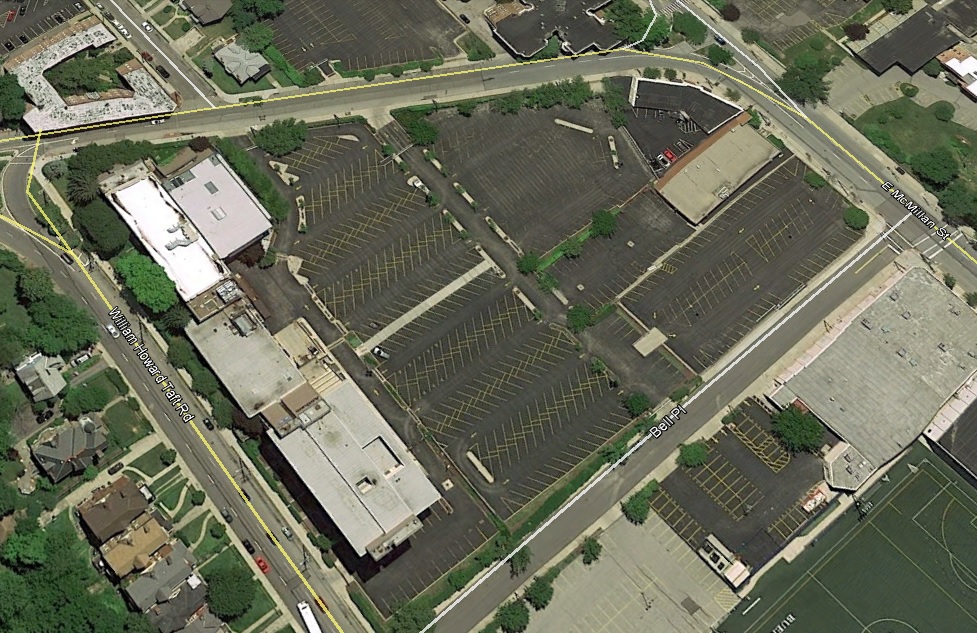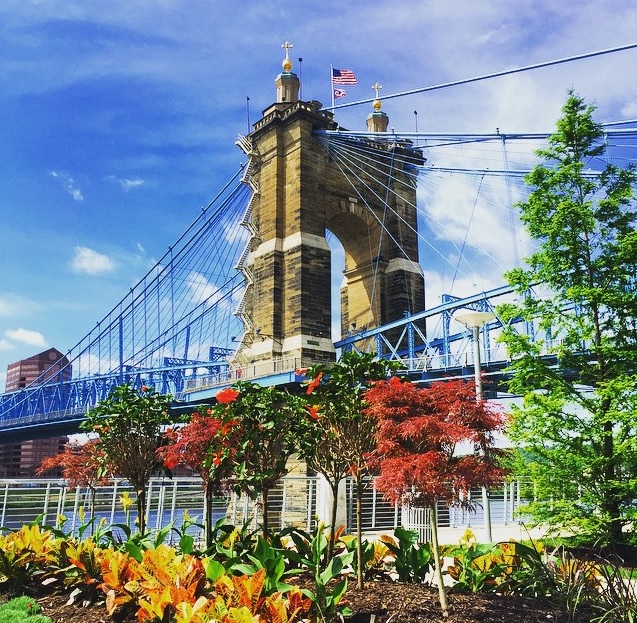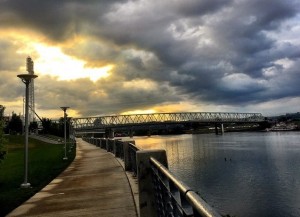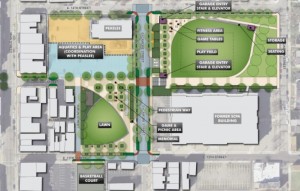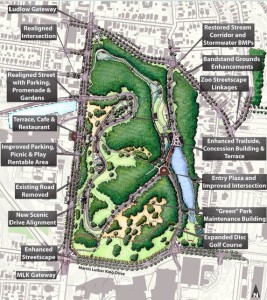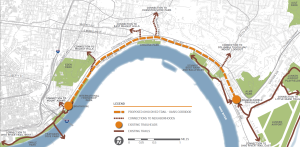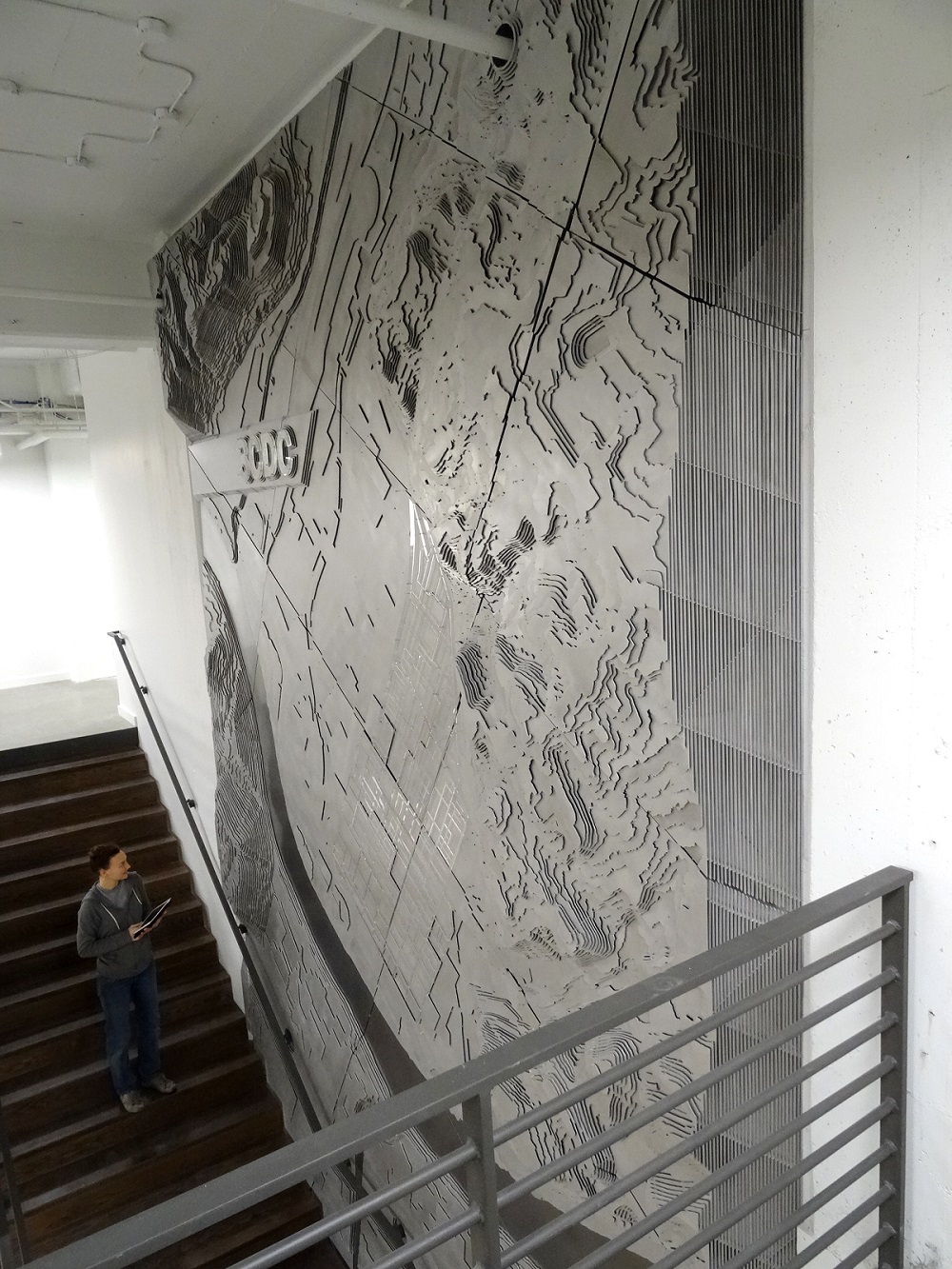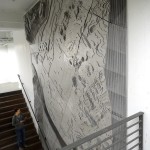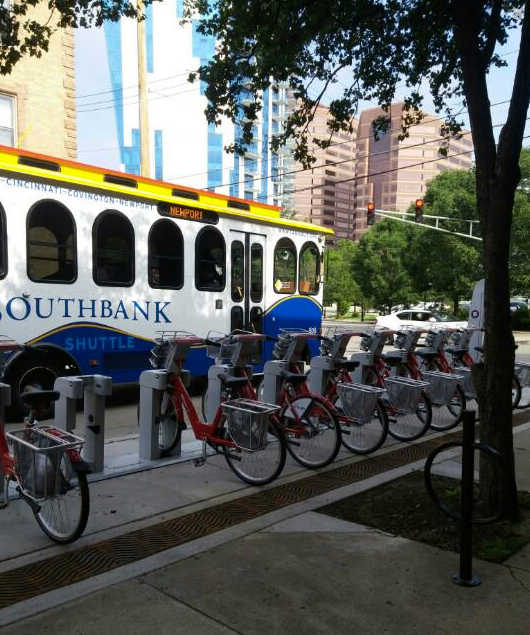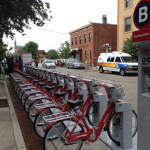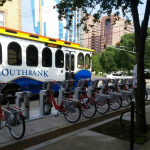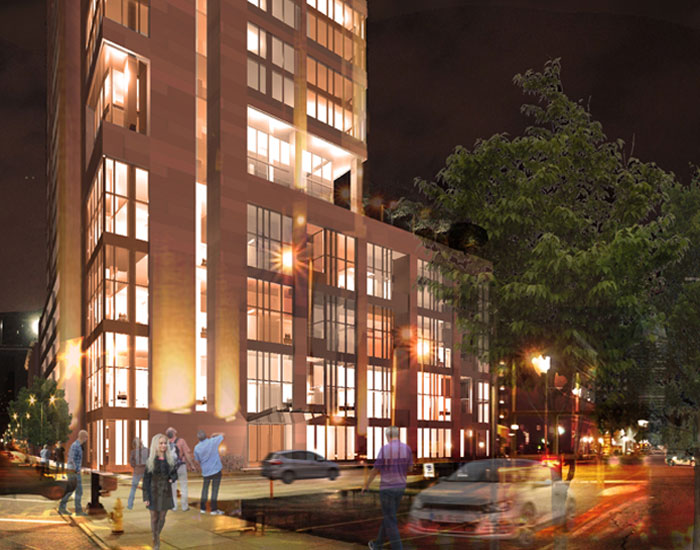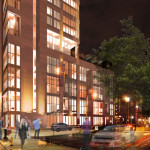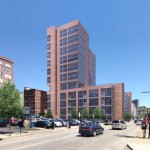After having been located in East Walnut Hills along William Howard Taft Road for many years, Anthem Blue Cross and Blue Shield recently announced that they would move to Oakley into a new $13 million, 80,000-square-foot office building at Oakley Station.
Shortly after the announcement, Mayor John Cranley (D) said that the insurer was prepared to move its 400 jobs outside of the city, should the economic incentive deal not have been struck.
“We’ve got to keep these jobs in the city,” Cranley told the Business Courier on June 25. “The infrastructure that we’re building – the public garage – is not going to just support Anthem but the entire Oakley Station development.”
There is a lot of truth to what Mayor Cranley said, considering the City of Cincinnati generates the majority of its revenues from income tax collections. This means the preservation and growth of jobs – particularly high-paying ones like these – is of the utmost importance for leadership at City Hall.
But this move does a lot more than maintain 400 high-paying jobs; it also will open up a key piece of property in one of the city’s up-and-coming neighborhoods.
“Walnut Hills is booming so much that it will create a really exciting development pad,” Cranley continued. “I’ve heard people think they can reuse it as office. People say that they want to tear it down and use it for market-rate housing. In concert with the neighborhood, either one of those can make a lot of sense. It will see new life quickly.”
While the loss of that many jobs is rarely welcome news for a neighborhood, leadership at the Walnut Hills Redevelopment Foundation says that they have been prepared for it.
“We have known about Anthem for a few months and have been brainstorming,” Kevin Wright, Executive Director of the WHRF, told UrbanCincy. “We haven’t been involved in anything specific, but there is a great opportunity to do something with this site that further connects the McMillan and Woodburn commercial corridors.”
Wright went on to say that the neighborhood is focused on enhancing the walkability of the area. One such effort to do that is the conversion of surrounding streets from one-way to two-way traffic.
Located on the eastern end of the McMillan business corridor, the Anthem site occupies 6.3 acres of land, with nearly 70% used as surface parking lots. A redevelopment of the site, which is one of the largest of its kind in this part of the city, could free up enough land to develop hundreds of housing units, along with thousands of square feet of commercial space.
“There’s momentum in Walnut Hills, both east and west of Gilbert, as well as in East Walnut Hills,” said Blake Bartley, a commercial real estate agent with Urban Fast Forward who is working on several projects in the neighborhood. “This site could be the catalyst for bridging the gap between development in both neighborhoods. Plus, you don’t often find a redevelopment site of that caliber located so close to the urban core.”
While neighborhood and city leaders see great potential for the site, it is not yet known what will happen to the site when it is sold. The hope is that Anthem, through its subsidiary Community Insurance Co., will do something in coordination with neighborhood leaders to ensure that it is redeveloped in a manner that fits with the community’s vision for it.
Preliminary construction work has already taken place at the sprawling, 74-acre Oakley Station site, and it is expected that Anthem will be able to move into the new office building as early as summer 2016.
